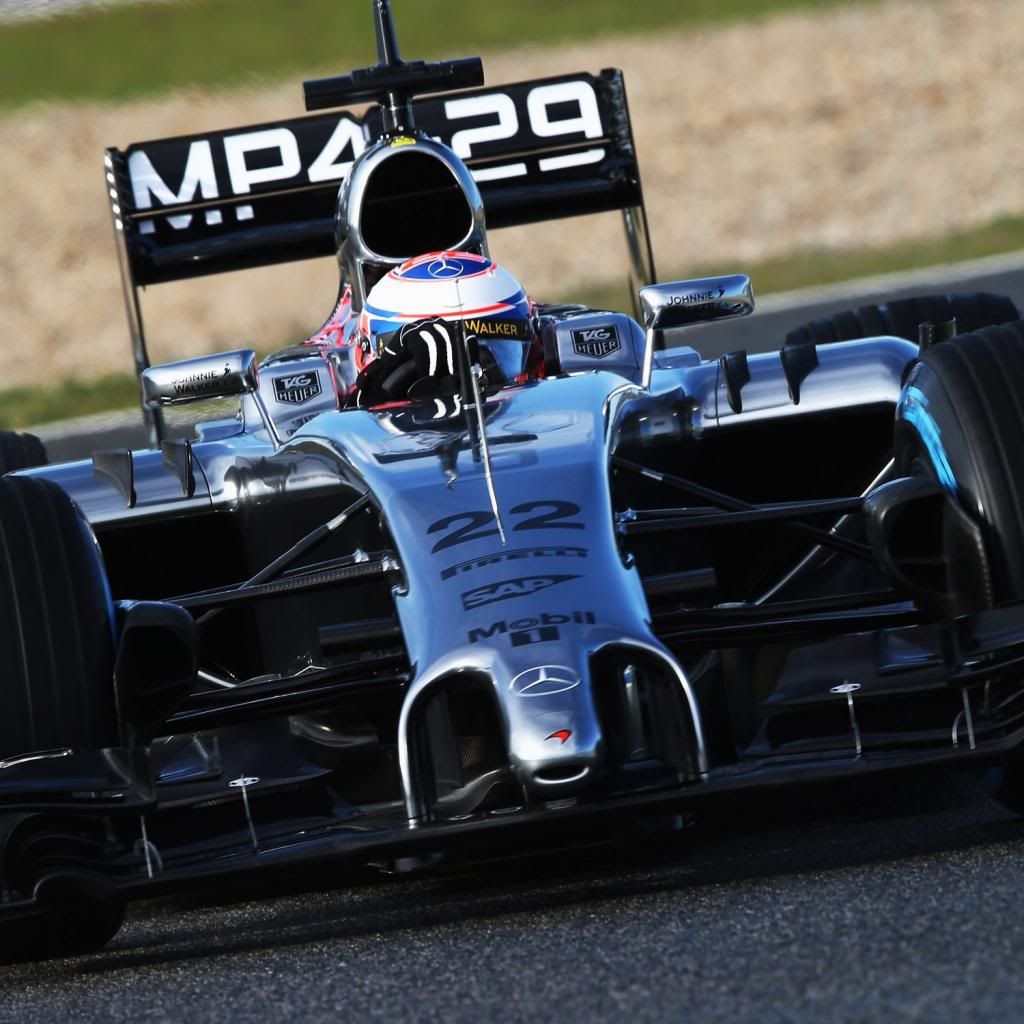WhiteBlue wrote:
Thanks for the source. It confirms that automotive systems will only make sense with regenerators which will drop exhaust temperatures and pre heat the intake air. The assumptions are all based on radial compressors and turbines made from ceramic materials which have not been successfully commercialized. Quite contrary the current crop of micro turbines seem to be of the axial variety and use steel for the rotors.
The biggest problem still seems to be turbine inlet temperature (TIT) which is 1,500°C for ceramic and probably 1,100°C or lower for metallic rotors. To achieve such low temps the turbo shaft engine must still compress huge amounts of excess air well beyond the stoichiometric needs of the combustion.
We don't know if that is still the case with ceramic turbine blades.
http://americas.kyocera.com/kicc/news/n ... m?key=1790
The higher turbine temps are desirable, but with increased control of combustion, and ceramic components there will be little need to use the compressed air to cool the blades.
The problem is compounded by the fact that huge exhaust gas streams (Jet wash) with several hundred °C temperature cannot be released into the wake of the race car without risk to the following car and his driver. And thus you are caught in a dilemma. Regenerators as used by the Chrysler automotive turbine are heavy and bulky and they contribute to even higher TITs.
Jet wash? This is a turboshaft, not a turbo jet, the exhaust energy is very low. Regenerators aren't necessarily heavy and bulky either. It's just a heat exchanger which i'm sure is lighter than a radiator full of water.
Again modern materials can easily be used. Also keep in mind that something considered heavy in the aviation world is probably light in the land vehicle world.
If you can find a compromise which gives you a micro turbine with acceptable exhaust temperature and weight you are still faced with the dilemma of a shaft speed well beyond the usable range of a race car. So you have to add further weight by a reduction transmission. Using an electric transmission is not likely to improve over all efficiency and acceptance of the engine by the motor sport fans.
Most gas turbine weights include the gearbox weight. The exhaust temperature is not an issue. 250 degrees celcius is cold for any engine exhuast. A turbo F1 car exhausts at about 750 degrees.
My impression at this point from MGT for race cars is stagnation and not rapid progress as you suggest.
In comparison to a piston engine?
The GT hasn't even been given a chance.
Regeneration isn't the only way to improve efficiency either. Placing an intercooler between the 2 stages of compression would greatly increase efficiency.
Funny how i haven't seen that being mentioned in these articles.





